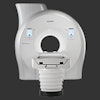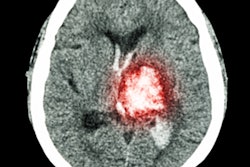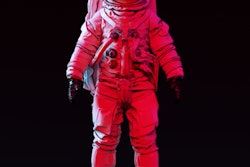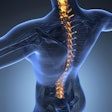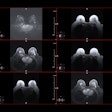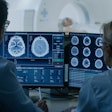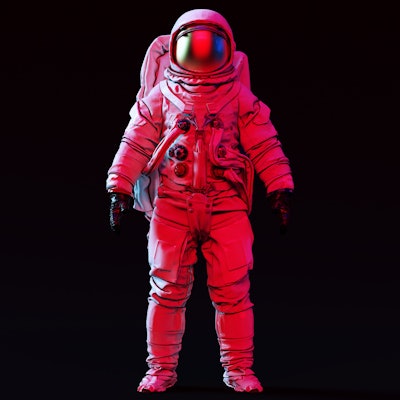
Brain MRI results that show the effects of flight on the brains of F-16 fighter jet pilots could also shed light on the impact of space travel on astronauts, according to research published February 15 in Frontiers in Physiology.
Fighter jet pilots experience similar effects as astronauts in their work, including exposure to gravitational level (g-level transitions and higher g-levels), a team led by Dr. Wilhelmina Radstake of the University of Antwerp in Belgium wrote.
"The brains of F-16 fighter pilots ... have a lot in common with those of astronauts in terms of adapting to altered gravity levels and rapidly processing conflicting sensory information," the researchers noted in a statement released by the journal. "MRI scans revealed that pilots with more flight experience showed specific brain connectivity patterns in areas related to processing sensorimotor information ... differences in brain connectivity compared with nonpilots."
Like fighter pilots, astronauts experience altered levels of gravity and the need to quickly interpret at times conflicting sensory and visual stimuli -- all while guiding a complicated vehicle at high speeds.
"These factors are a potent cocktail, and previous research has suggested that the brain may undergo structural and functional changes after space flight and astronaut training, in a process called neural plasticity," the investigators explained. "Understanding these changes could help us to better prepare astronauts for long journeys, which is crucial if we are ever to reach other planets."
Radstake's group conducted a study that included 10 fighter jet pilots from the Belgian Air Force and a control group of 10 nonpilots. All underwent brain MRI exams, from which the authors culled data regarding any brain functional connectivity changes; the researchers then analyzed any whole-brain or region-of-interest (specifically, the brain's right angular gyrus and parietal operculum) differences between the pilots and the nonpilot controls.
They found differences in brain connectivity between experienced and less experienced pilots, an effect of more flight hours, the researchers hypothesized. The differences included less connectivity in areas of the brain that process sensorimotor information, "which may indicate the brain adapting to cope with the extreme conditions experienced during flight."
Compared with nonpilot peers, experienced pilots also showed higher connectivity in the vestibular and visual information areas of the brain that manage the cognitive demands of flight, according to the group.
The findings could lead to better training, both for fighter jet pilots and astronauts, the authors concluded.
"By demonstrating that vestibular and visual information is processed differently in pilots compared to non-pilots, we can recommend that pilots are a suitable study group to gain more insight into the brain's adaptations toward unusual gravitational environments, such as during spaceflight," they wrote.

